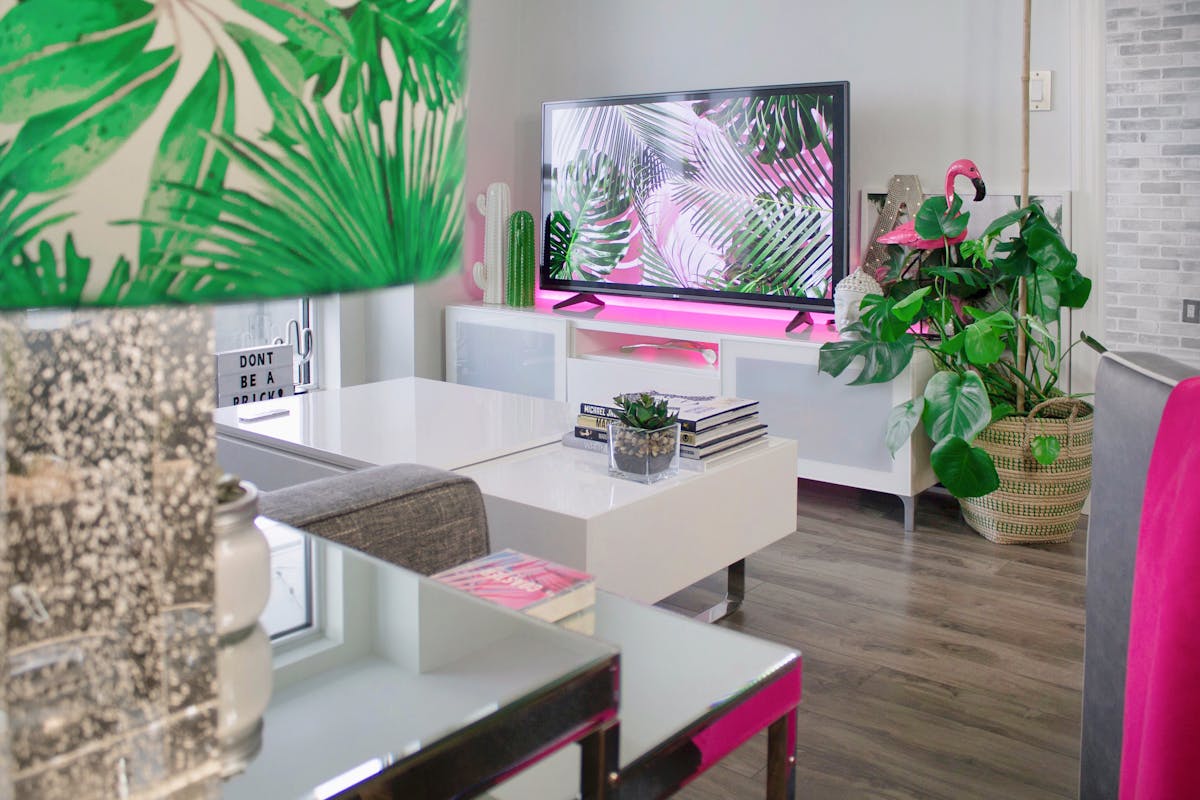The art of interior decoration has an outsized impact on our lives, especially in private homes. These are the spaces we spend our lives in, not just visit once in a while. Well-organised and well-furnished home creates a mood and helps the occupants feel at ease, but this balance is hard to strike and requires some careful planning and flawless execution.
It goes without saying that you need a budget to refurbish your place and turn it into a sanctum of peace and harmony, but more importantly you need to understand what is possible and what is desirable. Once you have a vision and choose your approach, all elements will fall into place.
Know Your Space Before You Reimagine It
Every space is unique, and simply seeing the floor plan isn’t enough. If you are not already familiar with it, you will have to learn how it breaths before you attempt to transform it into your dream home. You should spend some time in each room, visit during different parts of the day, try out how it looks when there are a lot of people inside… Only after gaining direct insights of this kind will you be capable of crafting a new design that really fits the purpose. Too often, people go for generic solutions that are not tailor-made for their space and that rarely works as intended. Instead, it’s best to take some time and seek out organic ideas that fit perfectly into the surroundings and don’t clash with the existing infrastructure and amenities.
Think About Real People in Real Situations
It’s easy to forget that the space you are decorating is going to be used daily by different people. Even the most visually stunning setup won’t be received too well if it’s impractical or too constrained to host normal activities. Instead of looking at a static, picture-perfect arrangement, you should imagine your space full of people who are trying to complete all kinds of tasks. This image is much messier, but if your home can’t accommodate a bit of chaos it is effectively useless. One important technique to keep the place functional is to make sure there is enough free space to move around without worrying about knocking things over. You have to resist the urge to overstuff every room with items that may look great, but don’t really make life easier or provide any comfort.
Make Sure All Parts of the Space Connect Well
Every space is naturally divided into sections or zones, each of which can serve a specific function. Sometimes it’s less challenging to arrange the sections than to connect them into a meaningful whole that’s simple and logical to navigate. Of course, some of the pathways are dictated by the placement of walls and doors, but you don’t have to go into heavy renovations to make your living space feel more dynamic. Again, this is easier to do when you understand how the space will be used so you can predict movements of people who live there as well as guests. You can separate parts of the home that you want to keep private, and organise the rest in a way that doesn’t restrict free exploration. You definitely don’t want to block access to critical areas such as the balcony or the toilets, but it is fine if your bedroom access requires some detours.
Chose Colours that Create the Right Atmosphere
Nothing affects the look and feel of your space as much as the colours you put into it. Painting the walls is the quickest way to infuse new energy and change how people experience the whole setting, while the furniture can be picked to complete the impression. The trick is to select the right colour scheme for every room and to make sure it is representative of your own mind-set and the atmosphere you would like to create. While you should aim for a well-rounded look, you don’t have to use the same colour combination throughout – you could go for a classic look in some parts, and use bright colours and flamboyant elements in others. Just make sure that the colours you pick are compatible – you certainly don’t want a visual cacophony in your living room. To note only make your room feel warm visually, you can also ensure it stays actually toasty temperature-wise. Upgrading to double glazing, for example, is a sure way to do this .
Don’t Be Afraid to Change the Plan
Since your living space is well, a living system, you don’t have to get everything right on the first try. You can set up an initial combination and watch for reactions, then adjust accordingly. It won’t take long to learn where people enjoy spending their time and which parts of furniture they find the most comfortable. Once you figure out what works, you can double down on it and move everyone’s favourite sofa to the part of the room near the window where most people like to sit. It may be your vision, but taking feedback from those who are intended to experience it will only allow you to make it better. There is no reason to stubbornly stick to the original plan if you have a simple way to improve it to the benefit of all.


